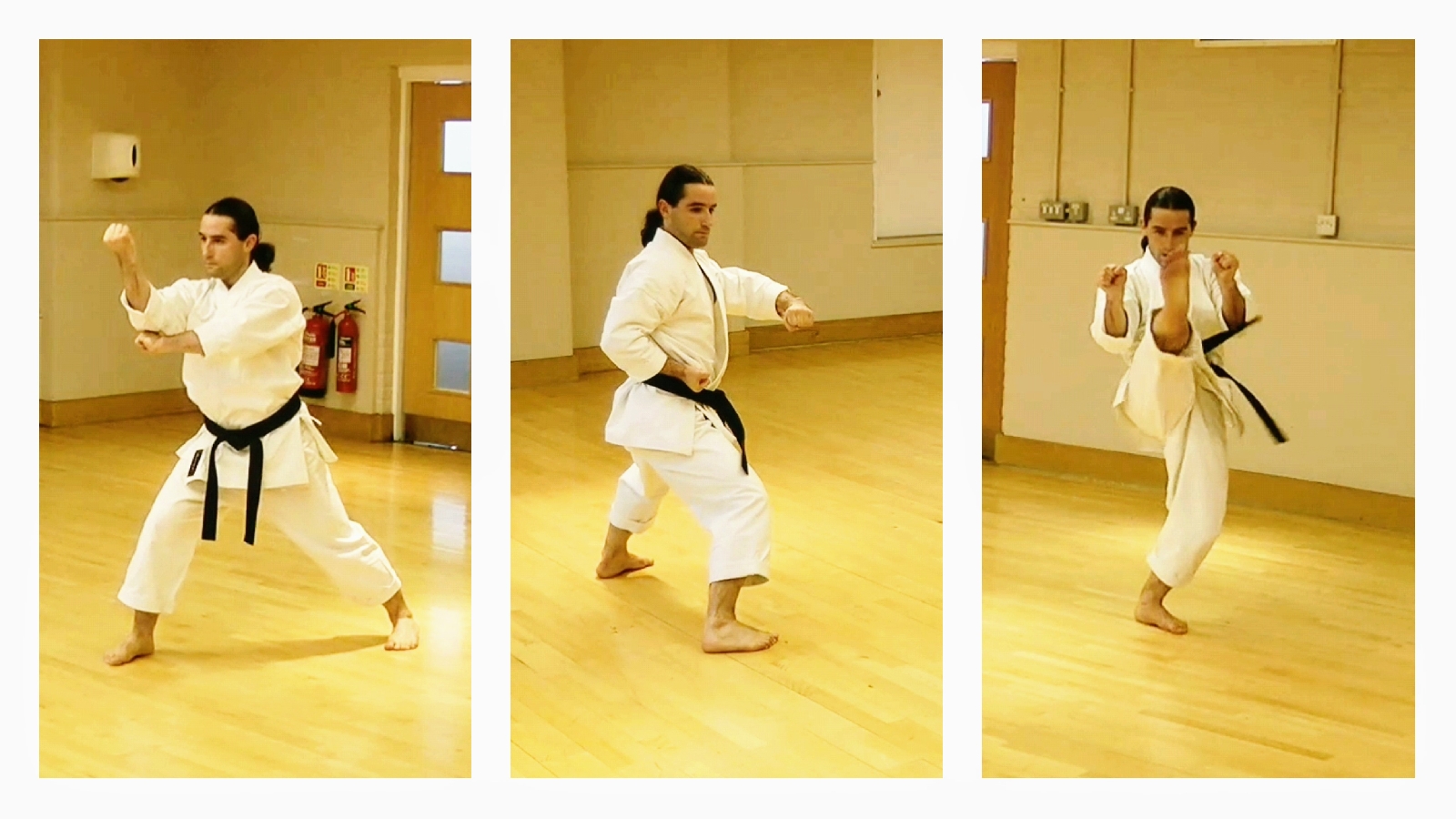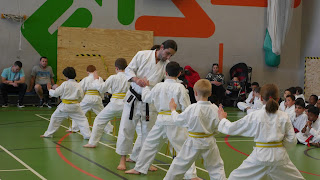JION

JION - (Temple Bells) A little bit of let's say history of thi great Shotokan Katate Kata. There is a belief that this KATA was of Chinese origin because of the word JION, a bouddhist term found in the ancient books of China. Moreover the origin may be in the temple of JION where martial arts were practiced. Afterwards, it reached TOMARI. The movements in this KATA hide a strong fighting spirit. This KATA is actually practiced in SHOTOKAN and WADO RYU only. Not very difficult to perform, mastery of the HEIAN KATA will help in its study and perfection. A representative KATA in SHOTOKAN with basic stances: KIBA-DACHI, ZENKUTSU-DACHI and KOKUTSU-DACHI, the last movement is performed by using the opponent's strength grabbing the wrist and counter-attacking to the ribs simultaneously. A compulsory KATA in the Federation of All Japan Karate Do Organizations, I recommend its practice. Check out the video clip: Join on YouTube - Click here OSS! 🥋 Thanks For Visiting Doj



